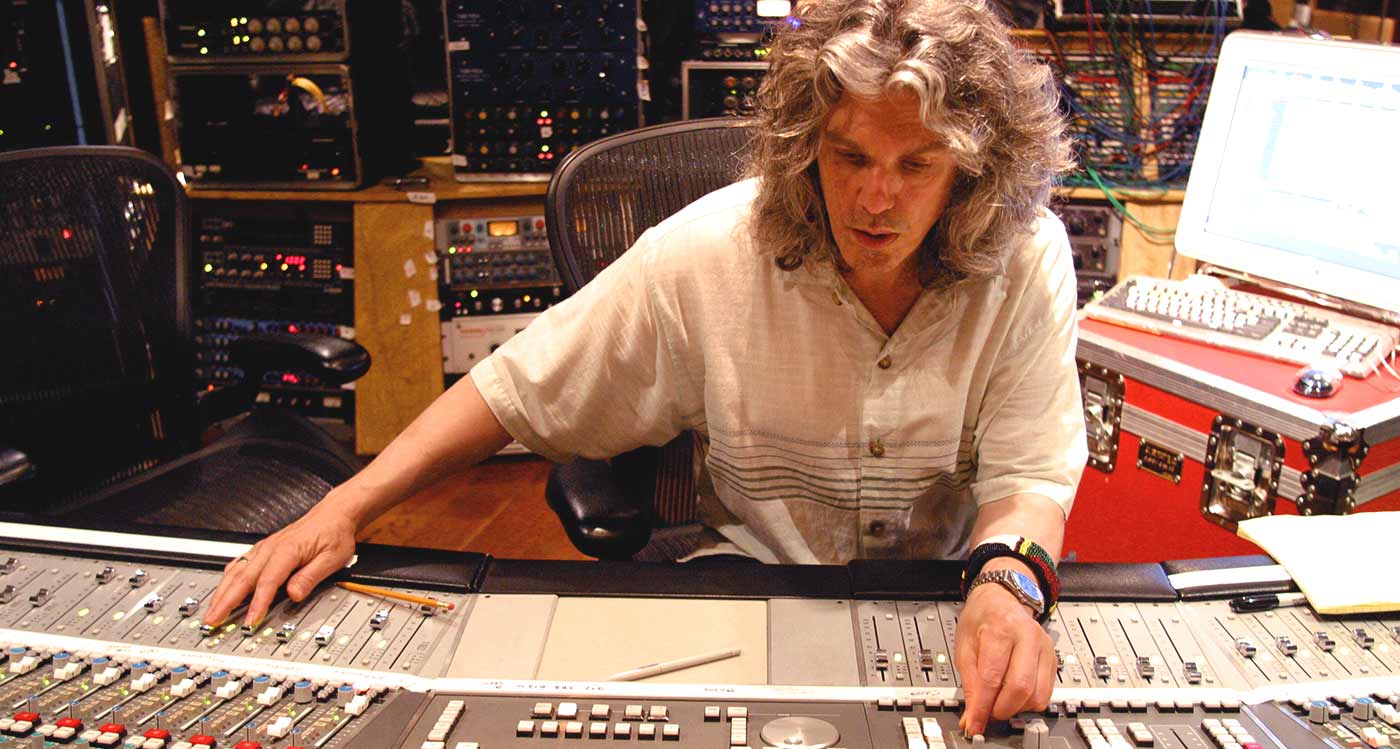Bob Power on Finessing and Feathering Drum Sounds
We caught up with multiple Grammy-winning engineer, producer, and mixer Bob Power—the man behind the sound of artists like Erykah Badu, D’Angelo, India Arie, and Macy Gray. With his extensive experience behind the console, Bob shares his insights on how to finesse drum sounds and elevate your mixes.

How do you first get started with drums?
"Mixing drums is arguably the center—well, right after the vocal—of any pop record. While I like to approach each mix as a fresh start, years of experience have naturally led me to certain methods and tools.
I generally work from the bottom up: kick, snare, hat, overheads, and toms. Many in the studio world believe that if the kick and snare sound right, the rest of the record will fall into place—and they’re not entirely wrong. The placement and sound of the kick and snare define the track’s overall character and heavily influence how the rest of the mix elements are handled."
Which Oxford plugins help you achieve that sound?
"While there are plenty of tape and analog simulators available, for drums, I often turn to the Oxford Inflator. Although I’ll try various plugins, the Inflator consistently enhances the punch of the kick and snare. By adjusting the effect percentage and curve control, I can fine-tune the intensity of the effect, from subtle warmth to robust saturation. Many tape simulators bring warmth in the low mids, but they lack the pop and snap that the Inflator delivers—making it perfect for drums.
Although I’ll try various plugins, the Inflator consistently enhances the punch of the kick and snare
Another go-to of mine is the Oxford Reverb’s EMT 140 emulation. Anyone familiar with a real EMT plate knows the distinct spaciousness and width it provides, especially how it spreads back into the far corners of the stereo field. The Oxford Reverb emulation comes closer to the real thing than any other plugin I’ve used."
How do you go about applying that?
"Even if I don’t want the drums—or any element, for that matter—to sound overtly 'wet,' it’s all about perception. As you add more elements to the mix, reverb and its presence can get eaten up. Just a hint of the Oxford plate can move elements slightly back from the front plane of the speakers, placing them into a deeper soundfield. This is crucial for creating depth and layering in a mix, which I call placing things in the ‘world between the speakers.’ Although we’re talking about drums, this approach works brilliantly on vocals and keys as well.
Don’t overlook the EQ section on the Oxford Reverb either. Often, frequencies below 400Hz in the reverb only serve to clutter the low mids, masking the clarity of the elements you want to stand out. Similarly, cutting some high end on a vocal reverb can shift it from 'oh, there’s reverb' to a more immersive and spacious soundfield."
